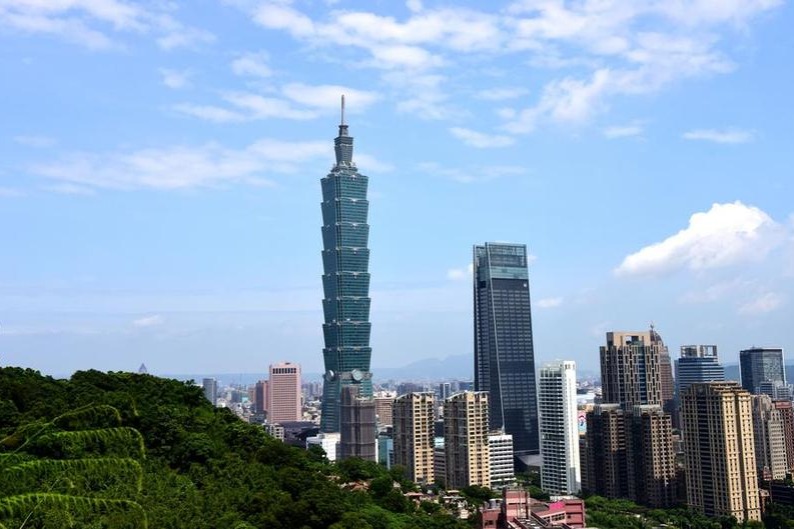Guangdong slows spread of Chikungunya fever

Guangdong province has gained more control over the spread of Chikungunya fever, with the daily number of newly reported cases in Jiangmen — most recently, the hardest-hit city — declining for two consecutive days, according to local authorities.
The daily number of newly reported Chikungunya fever cases in Jiangmen was 59 on Sunday and 46 on Monday, indicating a low-level spread of the disease, according to a joint analysis and assessment by national and provincial-level task forces in the city.
The low level of spread is conducive to achieving the dynamic zero-chikungunya target at an early date, according to the task forces' assessment.
Chikungunya fever is an acute infectious disease caused by the Chikungunya virus, transmitted through mosquito bites. Symptoms typically include fever, severe joint pain and rash.
From Oct 12 to 18, a total of 2,086 new locally transmitted cases, including asymptomatic infections, were reported across the province, according to the Guangdong Provincial Center for Disease Control and Prevention.
Of the recent cases reported in Guangdong, the majority were from Jiangmen, followed by Foshan and Guangzhou, the provincial capital. No severe cases or deaths have been reported, according to the disease control and prevention authorities.
To date, more than 20 cities across the province have reported new Chikungunya fever cases.
Early on Sunday, Kang Min, director of the institute for infectious disease prevention and control at the Guangdong Provincial Center for Disease Control and Prevention, said the province was still in a period of high mosquito activity, which presented ongoing risks of disease transmission.
"Prevention and control efforts must not be relaxed, although the chikungunya cases in the recent hardest-hit city of Jiangmen are fluctuating downward," Kang said.
Mosquitoes generally start to appear in the spring, with their numbers peaking in summer and autumn, according to Liu Qiyong, chief expert on vector control at the Chinese Center for Disease Control and Prevention.
"However, higher temperatures do not necessarily mean more mosquitoes — the optimal temperature range for mosquito survival and reproduction is typically between 25 and 28 C," Liu said.
Recently, temperatures in South China have been within the comfort zone for mosquito activity.
"As a result, areas like Guangdong, the Guangxi Zhuang autonomous region and Hainan province have experienced relatively longer periods of high incidence for mosquito-borne diseases," Liu said.
Recently, disease control and prevention authorities in Guangzhou also warned that the current season had become one of the periods of high transmission for mosquito-borne diseases.
Due to a combination of persistent high temperatures and recent heavy rainfall, the risk of transmission for diseases such as dengue fever and chikungunya has increased in some areas, the authorities said.
Additionally, Typhoon Fengshen, the 24th typhoon of the year, is expected to bring significant wind and rain to Guangdong.
Coupled with cold air moving south, the sudden drop in temperature may drive mosquitoes indoors to escape the rain and cold, posing challenges for epidemic prevention and control, according to the authorities.





































